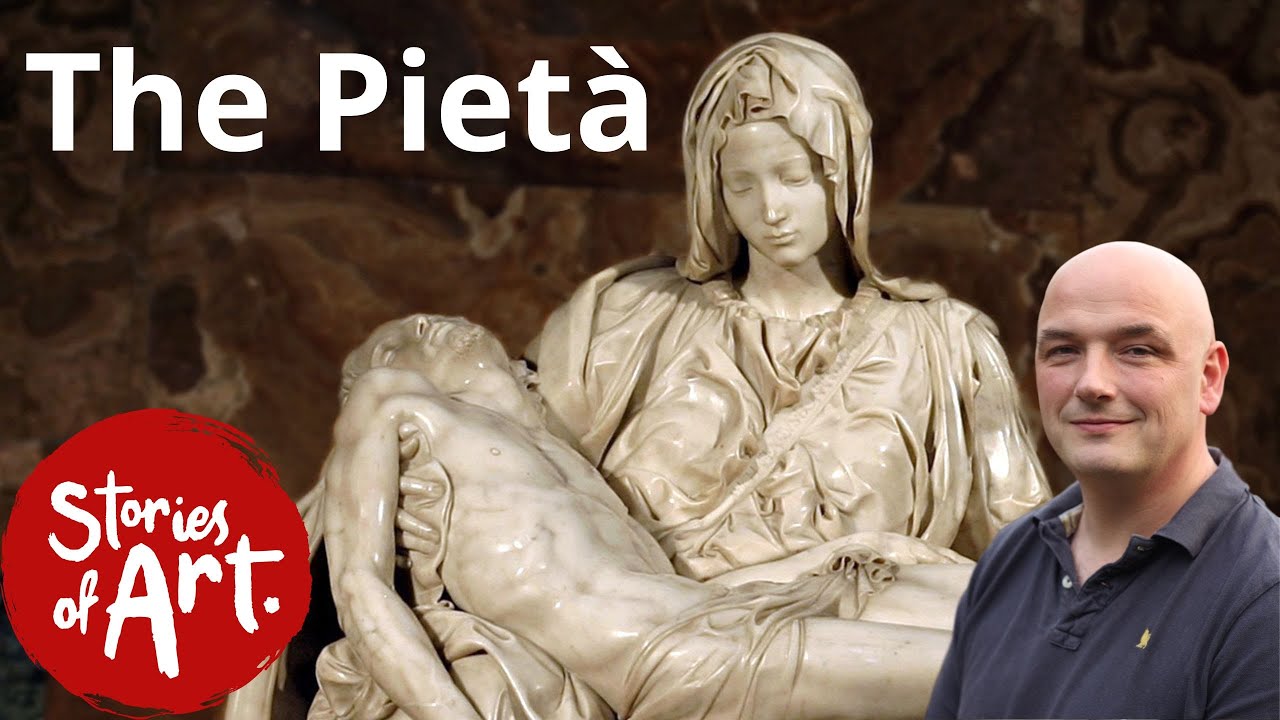Pieta: 7 fascinating facts you didn’t know about it

The Pieta: A Masterpiece of Renaissance Sculpture
Have you ever encountered an artwork that transcends time and evokes deep emotional responses? The Pieta is undoubtedly one such masterpiece. Created by the renowned artist Michelangelo Buonarroti in the late 15th century, it symbolizes the profound connection between mother and son as it captures the sorrow of Mary holding Jesus after his crucifixion. 🌟
A Brief History of the Pieta
The original Pieta, sculpted in 1499, is housed in St. Peter’s Basilica, Vatican City. This incredible work of art was an early demonstration of Michelangelo’s extraordinary talent at a young age. Standing at 174 cm (68 inches), the sculpture is notable for its attention to detail, expressive forms, and exquisite marble craftsmanship. Its creation sparked discussions on the themes of mortality, sacrifice, and the human condition.
The Influence of the Pieta
The Pieta is not only significant in the realm of art but has also influenced various cultural elements, from literature to modern sculptures. Artists have referenced its emotional weight and composition for centuries, showcasing the enduring impact of Michelangelo’s vision. For those interested in further exploring similar Renaissance works, the Encyclopedia Britannica offers rich insights.
The Artistic Techniques Behind the Pieta
Michelangelo employed several innovative techniques in creating the Pieta. Known for his unparalleled skill in marble sculpting, he brought life to this lifeless material through remarkable detailing and anatomical accuracy. The drapery on Mary’s gown and the evident musculature of Christ’s body demonstrate his mastery of form and movement.
Comparison with Other Sculptures of the Time
While contemporary artists like Donatello and Bernini also produced significant sculptures, the Pieta stands out due to its emotional depth and the artist’s unique interpretation of the biblical scene. In comparison to Donatello’s works, which often emphasized the physicality of figures, Michelangelo focused deeply on the emotional aspects, illuminating themes of grief and compassion.
Common Uses of the Pieta Today
The legacy of the Pieta has inspired various uses in modern culture:
- Art Education: The sculpture is often a focal point in art history courses, teaching about Renaissance art and Michelangelo.
- Religious Symbolism: It is commonly used in religious contexts to illustrate themes of sacrifice and love.
- Cultural References: Many modern artists reference the Pieta’s composition and themes in their own works.
- Inspiration for New Sculptures: It serves as a benchmark for contemporary sculptors implementing similar techniques.
Complementary Tools to Enhance the Understanding of the Pieta
To truly appreciate the Pieta, consider using various complementary resources that deepen your engagement and understanding. Here are some ideas:
- Khan Academy Art Resources: Enhance your insight into Michelangelo’s work through structured lectures and interactive exploration.
- 3D Visualization Apps: Apps like ArtStories enable users to view three-dimensional representations of artworks, allowing for a more immersive experience.
- MoMA Online Tours: Experience virtual tours that showcase comparable masterpieces and eras for contextual understanding.
- The Met App: Explore related art pieces and collections to see how the Pieta correlates with similar works.
- Documentary Films: Documentaries on Michelangelo can provide rich visual and historical context around the creation of the Pieta and its significance in art history.
- TED Talks: Engaging talks about cultural influences in art history can deepen appreciation for works like the Pieta.
- Art Collaboration Software: Tools such as Adobe Illustrator allow artists to create their interpretations, inspired by the themes found in the Pieta.
- Virtual Reality Experiences: Platforms like Viveport offer virtual reality experiences that allow viewers to interact with sculptures in a simulated environment.
- Public Installations: Participating in or viewing installations inspired by the Pieta can enhance understanding of the piece’s emotional impact.
- Social Media Discussions: Engaging in discussions on platforms like Instagram can broaden perspectives by connecting art lovers worldwide.
Enhanced Exploration with 3D Visualization Tools
Using tools like ArtStories allows for:
- Interactive Learning: Users can explore the texture and scale of the Pieta as if they were in the room with the sculpture.
- Detailed Features: Observers can zoom into intricate details, enhancing understanding of Michelangelo’s craftsmanship.
- Contextual Placement: These tools often place works in chronological contexts, allowing users to understand their historical significance.
- Global Access: 3D tools make art universally accessible, thus reaching a broader audience.
Cultural Exploration through Public Installations
Participating in or viewing installations inspired by the Pieta can provide benefits such as:
- Community Engagement: Local artists often create installations that encourage public interaction and reflection on the themes of the Pieta.
- Art Appreciation: Experiencing variations of the Pieta broadens the audience’s understanding of its relevance across different cultures.
- Promoting Dialogue: These installations encourage discussions around grief, loss, and compassion, themes that resonate universally.
- Wider Reach: Public installations ensure that art becomes an active part of community life, making it accessible to various audiences.
Why the Pieta Resonates With Audiences
At its core, the appeal of the Pieta lies in its ability to evoke emotion. Michelangelo not only sculpted marble but also drew on shared human experiences of loss, sacrifice, and maternal love. The balance of Mary’s strength and sorrow while holding Jesus creates a poignant narrative that resonates with countless individuals across different cultures and epochs.
Pieta in Modern Culture
In the realm of contemporary art, the themes expressed in the Pieta continue to inspire artists across various media. The sculpture’s imagery appears in films, theater, and literature, maintaining its presence within dialogues surrounding grief and resilience.
Final Thoughts on the Pieta
As you explore the multifaceted world of the Pieta, remember that its significance transcends mere aesthetic appreciation. By embracing complementary tools and avenues for engagement, you will gain a deeper appreciation for Michelangelo’s work. Whether through virtual experiences or community art initiatives, the legacy of the Pieta remains relevant, encouraging us to connect with our shared humanity.

